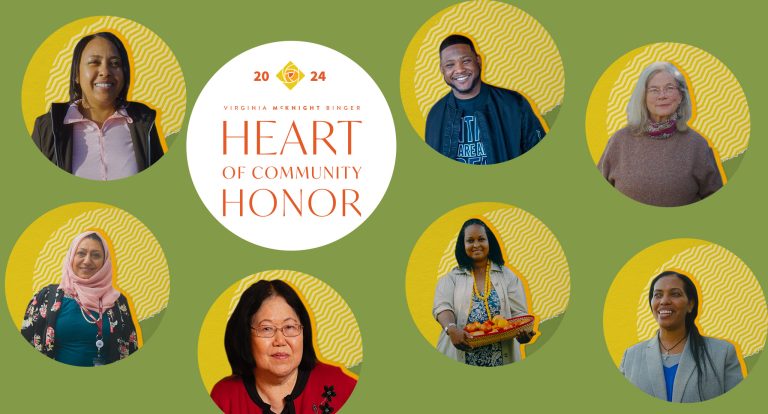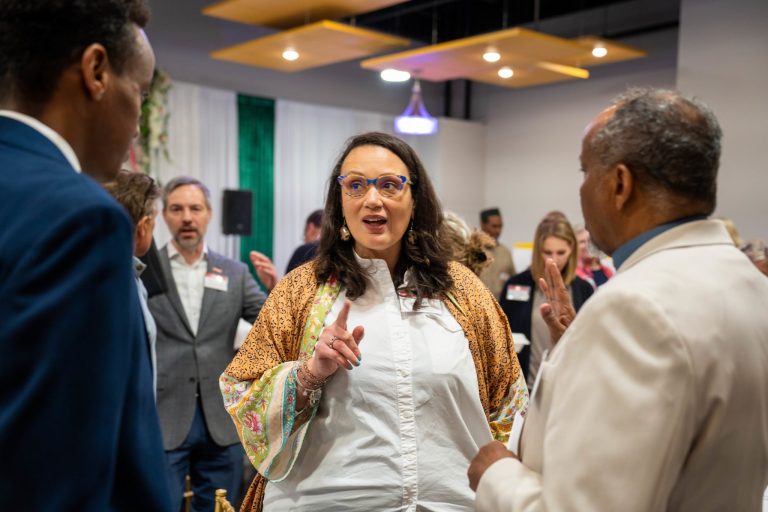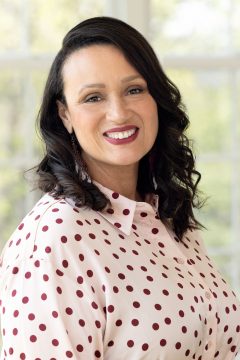This essay was originally published by the ውጤታማ የሆነ ማዕከላዊ ማዕከል እና ፈቃድ ባለው እዚህ ተስተካክለዋል.
“Conflict is the midwife of consciousness.” – Paulo Freire
In my lifetime, I have never felt more hopeful. The cacophony of unlikely factors that focused our vast nation (and much of the world) on the tragic murder of George Floyd ignited our generation’s consciousness. We were forced to examine our nation’s conflicted soul, and it demanded we choose our next move as Americans. Much like what happened in May of 1963, as White America watched in disbelief as firehoses and police dogs were used as weapons against peaceful protestors in Alabama, last May, the majority of Americans of all backgrounds swiftly responded that we must make changes for the greater good.
Then, as is the case now, there is always some form of opposition; forces seen and unseen working to hold our nation back, divide us, and misdirect energy and resources. This noise, however, did not prevent advocates and allies from passing major civil rights, voting, and housing legislation. Many of us have studied this era, examining what worked and what didn’t, allowing these lessons to serve as touchstones for our work in the social sector for decades to come.
What feels substantively different today, however, is that over the past 50 years, we have become more diverse, more studied, and more connected. We have the nation’s most racially and culturally diverse generation in our history, filled with brilliant thinkers and doers whose varied contributions have fundamentally shifted our understanding of who we have been and who we now are. The act of documenting histories and lifting up untold stories of triumph and tragedy have complicated the traditional American story. A huge shout out to all the justice-rooted artist-intellectuals, practitioners, poets, writers, organizers, elders, and youth, of all backgrounds, for your labor. We are now better able to see how present day conditions are a product not of individual failings, but rather of systems failing, setting us on a course of separate and unequal lives largely based on race, culture, and gender. Now with a more informed public, and a more grounded social sector, we are better poised than ever to come together with a shared urgency and ambition to heal, restore, and transform our relationships and our planet.
So, what does this mean within the philanthropic sector? This means that we must continue to act with the responsiveness and urgency we felt this past year. As a sector, we must continue to behave differently, so that actions taken during the pandemic to mitigate the most negative impacts anticipated from grantees do not stall. We must continue to listen and step up into our unique powers and privileges as funders, moving from spectator to participant. We must remember that the gravity of our challenges requires all of us to work together – accepting that we won’t be able to think our way forward or make change without balancing head, heart, and hands.
We must be ready and grateful to receive direct feedback such as what was presented in CEP’s recent report, “Persevering through Crisis: The State of Nonprofits.” The report demonstrates that our collective actions make a real difference. Yet in the midst of positive results, we failed in key areas of partnership with Asian, Middle Eastern, and Native American communities. And, we must continue to do better to overcome our tendency to act differently – and less responsively – to women-led organizations. This is excellent, clear feedback, and an opportunity for us to dive further into our equity commitments.
While many have written compelling pieces of cautionary tales, rightfully throwing shade on social media posts and big announcements using powerful words yet lacking concrete action, I want to challenge myself, to challenge us, to commit our gazes forward on what we will be part of creating.
For example, who could have foreseen that the US Department of Energy would show up in ways it never has before? President Biden appointed the first-ever Deputy Director for Energy Justice, Shalonda Baker, law professor and author of Revolutionary Power: An Activist’s Guide to the Energy Transition. Baker leads the Justice40 Initiative that promises 40% of the benefits of climate investments will be distributed to communities of color and low-income communities.
As investment colleagues have observed, the national shifts in consciousness are also penetrating the movement of institutional capital. Just last May, a majority of ExxonMobil shareholders voted two directors off the board because the company required a more ambitious, realistic strategy on climate. This unprecedented investor revolt at an iconic US firm required support from the largest guardians of capital. Mega-investors – such Blackrock and Vanguard who together owned 14% of the company – finally stepped up to amplify the climate risks which have been highlighted by socially responsible investors for years.
So, what will our next moves be as a sector?
1) We must roll up our sleeves, commit to individual, institutional, and field level agreements that hold ourselves accountable to each other and to our diverse and varied stakeholders.
2) We must shift from our anchoring in paternalistic forms of philanthropy and adopt relational principles and practices rooted in context (including place and the people being served) and complexity. I would highly recommend this powerful, must-read piece by Collaborate for Social Change. It provides an effective balance of knowledge and practical tools for funders seeking to shift practices and principles. Largely informed by international funders, I would recommend American funders find companion resources related to racial equity and justice philanthropy specifically in a US context.
3) At the individual foundation level, let’s deliberately take the time to reflect. We must meet in a variety of forums, as individuals differently affected by the pandemic and racial reckoning, in our professional roles, and as members of our larger organizations. Board members, management, staff, grantees, and partners, have a unique opportunity to provide a holistic view of what worked, what fell short, and what we’re still unclear about as it relates to our recent changes to endowment spending, grantmaking, communications, convenings, operations, talent, and learning.
This is a moment for us to do our part to encourage, resource, and accelerate work that will help us birth a new America, truly a nation for all. With an abundance of assets in the social sector, a diverse and powerful cadre of philanthropic professionals and donors, it is our time, our moment, and it will be our generation’s legacy.
Let’s be creative in designing our next platform for social change. As I’ve heard it said, “let’s build on springs, not bricks” – bound together in shared values yet nimble enough to move and rise high, together.



